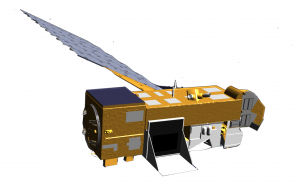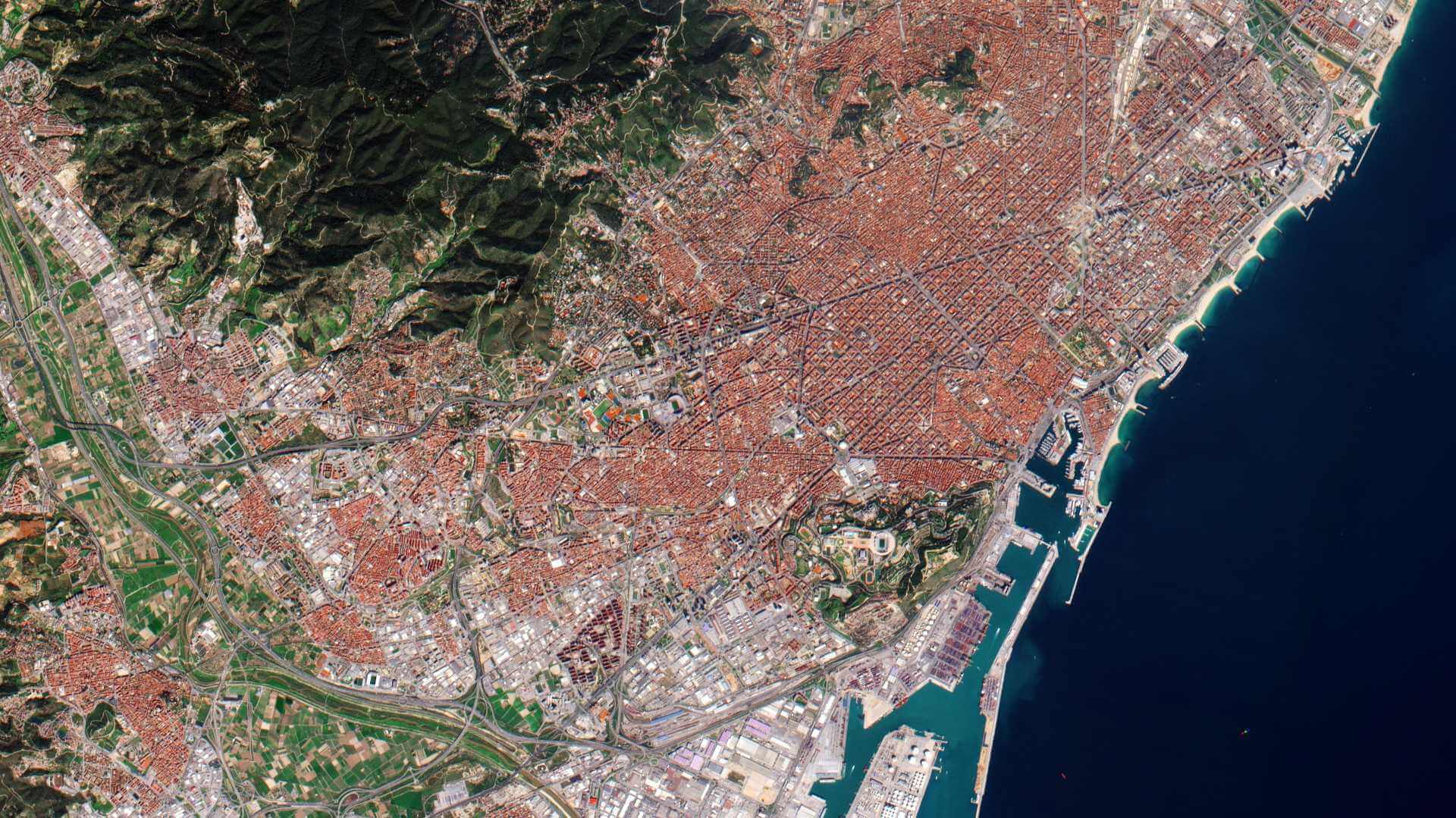Featured
About Aura

Aura is a NASA owned and operated Earth Science satellite which launched on 15 July 2004. It was designed to operate for six years, but remains operational over 15 years later. The Aura mission is a part of the international Earth Observing System (EOS) series of satellites and studies the chemistry and dynamics of Earth's atmosphere from the ground through the mesosphere.
| Orbit Height | 705 km |
| Orbit Type | Sun-synchronous circular |
| Orbit inclination | 98.7° |
| Local equator crossing time | 13:45 (±15 minute) |
| Orbit Period | 98.8 minutes |
| Repeat Cycle | 16 days |
In many ways, Aura is a follow-on to NASA's very successful UARS (Upper Atmosphere Research Satellite) mission. UARS made stratospheric constituent measurements from 1991-2005. Unlike UARS, however, Aura is designed to focus on the lower stratosphere and the troposphere.
Aura is part of ESA's Third Party Missions Programme, in which ESA has an agreement with NASA to distribute data products from the mission's OMI instrument.
Aura Objectives
The overall objective of Aura is to monitor ozone and other trace gases and to monitor tropospheric pollutants worldwide. Aura's OMI instrument measures trace gases in the atmosphere by detecting their unique spectral signatures. A unique observing geometry allows the Aura instruments to combine their measurements to get a better picture of the atmospheric chemistry.
Aura Instruments
Ozone Monitoring Instrument (OMI)
The OMI instrument on board Aura is a nadir-viewing Ultraviolet/Visible spectrophotometry imaging spectrograph which measures the solar radiation backscattered by Earth's atmosphere and surface over the entire wavelength range from 270 to 500 nm, with a spectral resolution of about 0.5 nm and a swath width of 2600 km. OMI is a contribution of the Netherlands Agency for Aerospace Programmes (NIVR) in collaboration with the Finnish Meteorological Institute (FMI).
| Type | Pushbroom imaging grating spectrometer |
| Swath Width | 2600 km |
| Spatial Resolution (IFOV) | 1.0º (providing 12 km x 24 km or 36 km x 48 km depending on the product) Two zoom modes: 13 km x 13 km (detection of urban pollution) |
| Spectral Resolution | UV-1: 0.42 nm FWHM (Full Width Half Maximum) UV-2: 0.45 nm FWHM VIS: 0.63 nm FWHM |
| Bands | UV-1: 270-314 nm UV-2: 306-380 nm VIS: 350-500 nm |
Aura Data
DATA COLLECTIONS
ESA offers external access through NASA's GES DISC service to the Aura OMI data collection:

